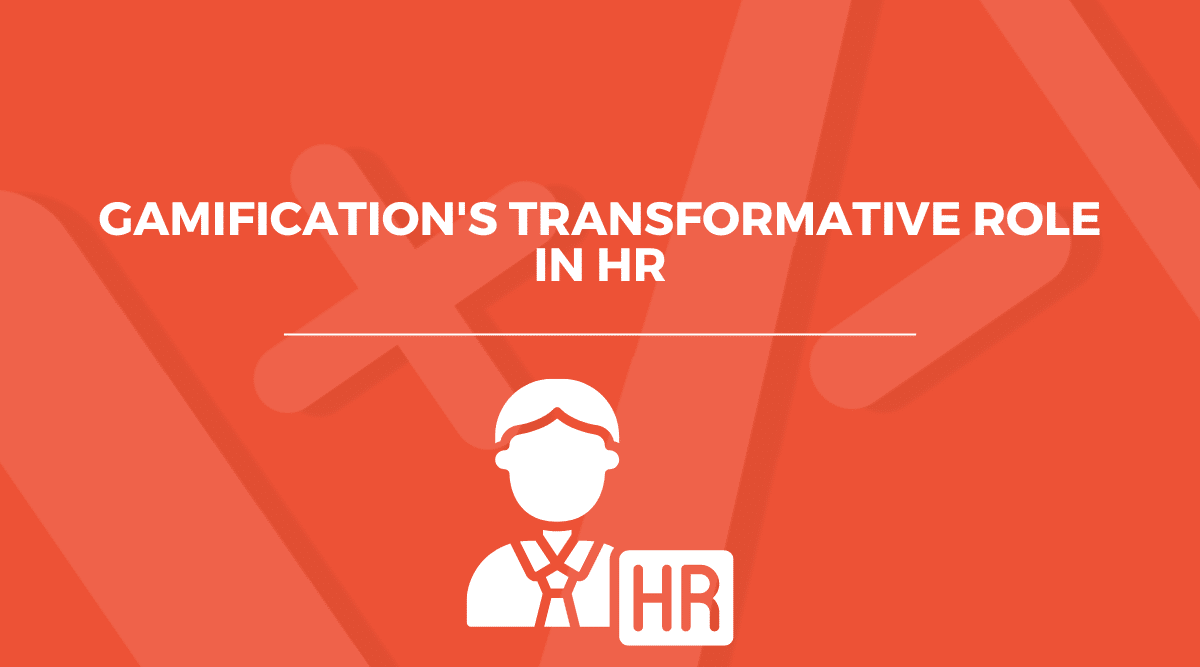Gamification’s Transformative Role in HR:
We’re changing things up in HR with gamification. This guide shows you how to gamify HR tasks, make work more efficient, and keep your team engaged. It’s time to play, work, and have fun!
Gamification – Beyond Buzzwords:
Let’s get past the buzzwords and understand what gamification is all about. Gamification is the application of game mechanics to non-game contexts. It can use rewards, points, badges, and other game mechanics to incentivize users to complete tasks or achieve goals.
Furthermore, gamification can help create a sense of camaraderie and collaboration as players work towards a common goal. Picture a workplace where daily tasks become engaging challenges, creating friendly competition and motivating your team. Gamification isn’t just a tool; it’s an innovative way of thinking that changes how everyone sees and does their work.
Shifting from conventional HR to adding Gamification is about changing how we do our jobs. Gamification fosters an open and collaborative work culture. By adding points, badges, and leaderboards to everyday jobs, people become motivated and involved on a deeper level. This shift isn’t just about making work fun; it taps into basic human thinking, motivating behavior and delivering results.
Gamification’s Role in Employee Engagement:
Let’s take a look at engagement and how gamification can enhance HR. Gamification can also be used to increase motivation, as it helps create a sense of competition and encourages employees to strive for success. Additionally, it can help create a culture of collaboration and innovation, as employees are encouraged to work together to solve problems and complete tasks.
Additionally, it can help create a culture of trust and respect, as employees are more likely to communicate openly and honestly in a gamified environment. Furthermore, it can help to motivate employees, as they can use rewards and recognition as incentives to work harder and reach their goals. Using gamifaction to motivate your team can make them happier, more productive, and more engaged.
Through gamification, teams are invited to participate in fun and friendly contests at work. Whether it’s team challenges, virtual badges, or rewards for good work, people are not just motivated to meet goals – they are inspired to do their best. This adds to the overall success and growth of the organization.
Performance Management in the Gamified Era:
The traditional model of performance management, often reflected in periodic reviews, falls short of accurately reflecting an employee’s day-to-day contributions. Gamification steps in as a transformative force, providing a dynamic and ongoing feedback loop that transcends the limitations of traditional reviews. Through the integration of real-time data and analytics, HR professionals gain valuable insights into employee performance, empowering them to make informed decisions in real-time.
The gamified approach to performance management is a significant shift, moving the focus from reactive to proactive. Rather than waiting for the annual review cycle, employees receive continuous feedback, allowing them to adapt and improve in real-time. This not only enhances individual performance but also contributes to a more agile and responsive organizational culture.
Boosting Retention with Gamification:
Keeping a great team is really important for a company to do well. Gamification is not just about earning points, it’s about making employees feel valued and rewarding them. When people feel appreciated, they are more likely to stay loyal and committed to their job.
Recognizing their efforts makes the workplace enjoyable, and this positive environment helps keep good employees. Gamification is a crucial strategy for holding onto a talented and dedicated team. When organizations make employees feel like they belong and have a purpose, it helps prevent them from leaving.
Choosing the Right Software:
Gamification in the workplace involves more than just changing how things are done; it also requires the right tools. It is important for HR professionals to choose tools that are appropriate for their organization’s goals and that are easy to use.
As well as looking at features, HR professionals must ensure that these tools will be able to grow with the company. A company’s tools should evolve as it grows in order to meet its needs. HR plans require the right tools not only to be helpful, but also to remain effective over time.
Embracing the Future of HR with Gamification:
It’s clear that gamification is more than just a trend; it’s a must for HR professionals looking ahead. In a world where being part of the team, doing a good job, and being productive matter most, gamification stands out. It invites HR professionals to use the power of gaming, change how everyone works together, and lead their organizations into a future where work is not just a list of jobs but a game filled with fun.
Book a demo today with our gamification experts to learn more about how your organization can get started on this journey towards a more exciting and engaging workplace.



